How Much Does It Cost to Build a Skyscraper?
Constructing a skyscraper is a complex and capital-intensive project, with costs influenced by various factors, including location, height, design, materials, and technology. On average, building a skyscraper can cost between $300 million and $1.5 billion, with costs typically ranging from $400 to $1,200 per square foot. In major cities, where land and labor costs are higher, expenses can exceed these averages. Key cost drivers include the building’s height, structural engineering requirements, and architectural design complexity. Advanced technologies, such as high-speed elevators, sustainable building systems, and state-of-the-art security features, can also add to the overall cost.
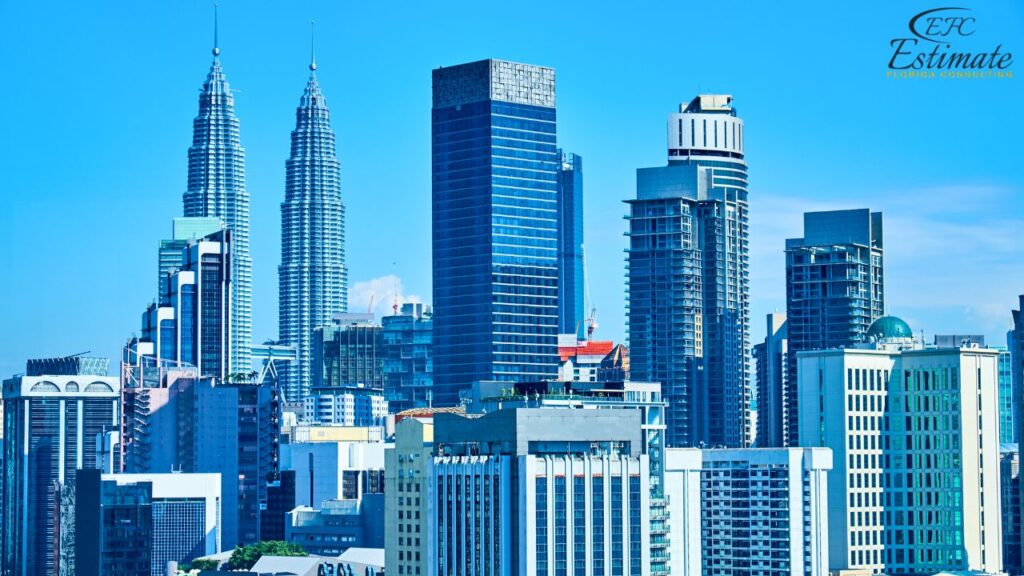
Detailed Breakdown of Skyscraper Construction Costs
Building a skyscraper involves several key components, each contributing to the overall cost. Understanding these components helps developers and investors plan and manage their budgets effectively:
Land Acquisition and Site Preparation Costs
This initial phase includes purchasing land, conducting site surveys, obtaining necessary permits, and preparing the site for construction. Site preparation may involve demolition, excavation, and foundation work, which are crucial for ensuring a stable and secure structure. Developers must navigate zoning regulations and environmental assessments to obtain the necessary approvals for construction.
Cost Component | Estimated Cost Range |
Land Acquisition | $15 million – $40 million |
Site Preparation | $7.5 million – $22.5 million |
Design and Engineering Costs
Architectural and engineering design fees, as well as costs for obtaining building permits and approvals, fall under this category. Collaborating with experienced architects and engineers is essential for creating an efficient, safe, and visually appealing skyscraper design. The design phase also involves planning for essential building systems, such as HVAC, plumbing, and electrical, which require careful coordination to ensure seamless integration and functionality.
Cost Component | Estimated Cost Range |
Architectural Fees | $4.5 million – $15 million |
Engineering and Permitting | $3 million – $9 million |
Construction and Labor Costs
The largest component of the budget includes costs for materials, labor, and project management. Efficient project management and scheduling are crucial for minimizing construction timelines and avoiding cost overruns.
Developers should prioritize selecting reliable contractors and suppliers to ensure quality workmanship and timely delivery of materials. Labor costs vary based on the project’s complexity and the region’s labor market conditions.
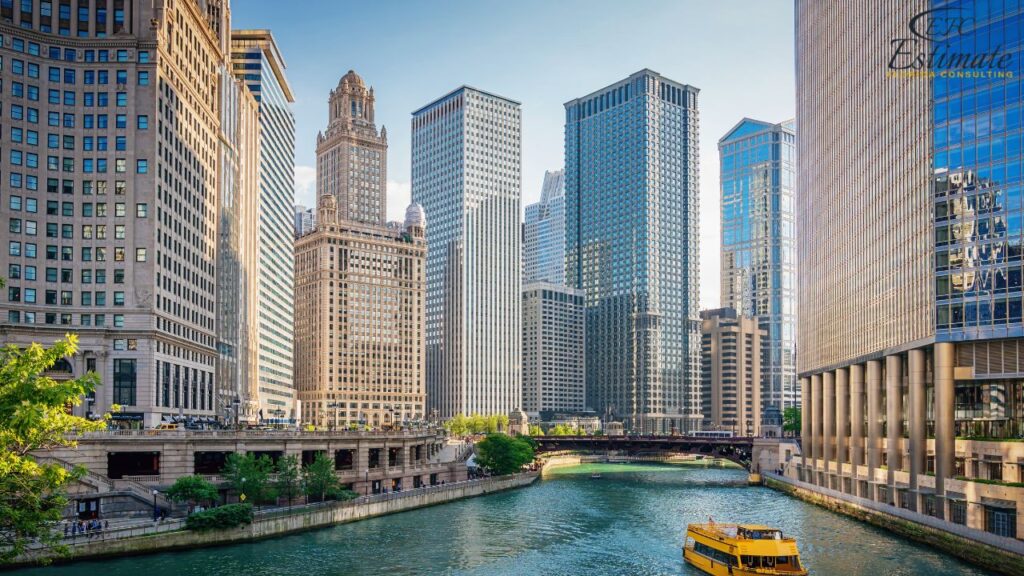
Cost Component | Estimated Cost Range |
Materials | $120 million – $300 million |
Labor | $150 million – $375 million |
Building Systems and Infrastructure Costs
Installing essential systems, such as HVAC, plumbing, and electrical, is critical for the building’s functionality and occupant comfort. These systems must be integrated seamlessly into the design to ensure efficiency and reliability. Investing in high-quality systems can enhance energy efficiency and tenant satisfaction while reducing operating costs. Smart building technologies, such as automated lighting and climate control, can further improve efficiency and appeal to tech-savvy tenants.
Cost Component | Estimated Cost Range |
HVAC and Plumbing | $15 million – $45 million |
Electrical Systems | $7.5 million – $22.5 million |
Interior and Exterior Finishes Costs
This phase includes the cost of flooring, painting, fixtures, and other finishing touches that enhance the building’s aesthetic appeal and functionality. High-quality finishes can improve tenant satisfaction and justify higher rental rates.
Developers should consider incorporating modern design elements and amenities that appeal to target demographics, such as open floor plans, high-end appliances, and communal spaces.
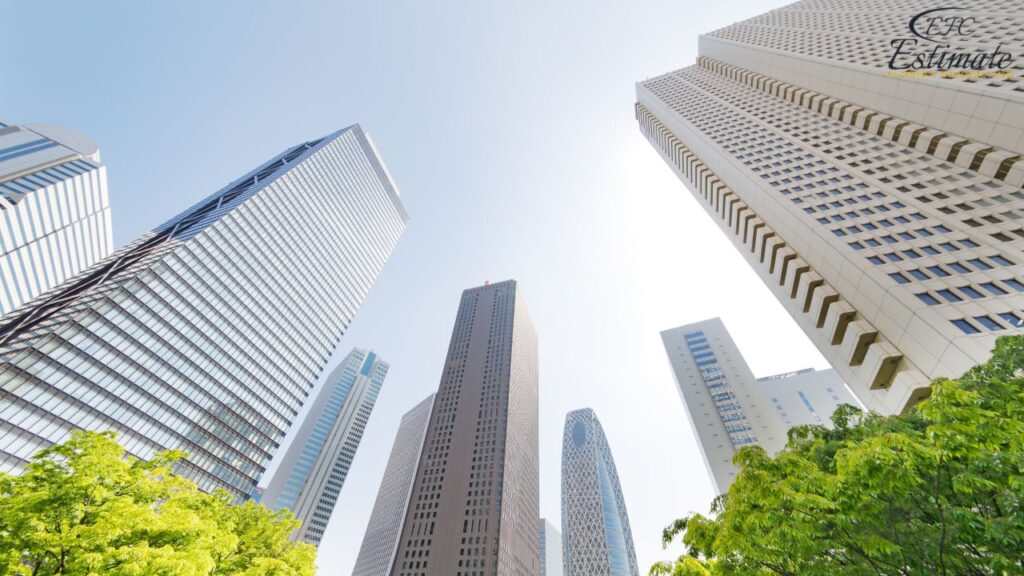
Cost Component | Estimated Cost Range |
Interior Finishes | $30 million – $75 million |
Exterior Finishes | $15 million – $45 million |
Contingency and Miscellaneous Costs
A contingency fund is crucial for managing unexpected expenses and ensuring project completion without financial strain. Developers should also account for insurance and financing costs, which can impact overall profitability. Having a well-planned contingency budget provides peace of mind and flexibility to address any unforeseen challenges that arise during construction.
Cost Component | Estimated Cost Range |
Contingency Fund | 5% – 10% of total cost |
Miscellaneous Costs | $7.5 million – $22.5 million |
Factors Influencing Skyscraper Construction Costs
Understanding the various factors that affect skyscraper construction costs is essential for budgeting and planning. Here are the key considerations:
Location and Land Acquisition Costs
The location of the skyscraper significantly impacts construction costs. Building in prime urban areas typically incurs higher land acquisition costs due to demand and limited availability of space. Additionally, factors such as zoning regulations, building codes, and accessibility to infrastructure can affect overall expenses. Developers must carefully evaluate potential sites to balance cost and strategic advantage, considering the building’s intended purpose and target market.
Location Type | Estimated Land Cost per Acre |
Urban Center | $15 million – $40 million |
Suburban Area | $3 million – $10 million |
Building Height and Design Complexity Costs
The height and architectural complexity of a skyscraper significantly influence construction costs. Taller buildings require more robust structural systems, advanced engineering techniques, and additional safety measures to withstand environmental forces such as wind and seismic activity. The design complexity, including unique shapes, facades, and sustainable features, also contributes to the overall budget. Architects and engineers must balance aesthetic appeal with practical considerations to create a visually striking and functional skyscraper.
Building Type | Estimated Cost per Sq Ft |
Low-Rise (up to 15 stories) | $450 – $675 |
Mid-Rise (15 to 40 stories) | $600 – $900 |
High-Rise (40+ stories) | $900 – $1,500 |
Quality of Materials and Construction Methods
The choice of materials and construction methods significantly impacts costs. High-quality materials and advanced construction techniques ensure durability, energy efficiency, and sustainability but can increase initial expenses. Developers must consider long-term benefits and potential savings from reduced maintenance and energy costs when selecting materials and methods. Sustainable building practices, such as using eco-friendly materials and energy-efficient systems, can enhance the skyscraper’s appeal to environmentally conscious tenants and investors.
Exploring Skyscraper Financing Options
Securing Funding for Skyscraper Projects
Securing the right financing is critical to managing cash flow and covering upfront costs. Options include construction loans, partnerships, and investor funding. Developers should explore various financing avenues to determine the best fit for their project’s needs and financial goals. Understanding the terms and conditions of different financing options can help optimize cash flow and minimize financial risk. Engaging with financial advisors can also help structure the loan to align with the project’s cash flow needs.

Evaluating Economic Impact and Market Demand for Skyscrapers
The economic climate and market demand for commercial or residential space can influence the feasibility and profitability of a skyscraper project. Developers must conduct thorough market analyses to assess demand and rental rates in the target area, ensuring the project aligns with current and future market conditions. Understanding the competitive landscape and potential tenants’ needs can guide design decisions and marketing strategies to attract and retain tenants.
Managing Long-Term Maintenance and Operational Costs
Implementing Preventive Maintenance Plans
Implementing a preventive maintenance plan can extend the lifespan of building systems and reduce repair costs. Regular inspections and maintenance of HVAC, plumbing, and electrical systems can prevent unexpected breakdowns and ensure optimal performance. By scheduling routine maintenance and addressing minor issues before they escalate, developers can minimize disruptions and maintain a high standard of living for tenants.
Enhancing Tenant Experience with Services and Amenities
Offering desirable amenities and services can enhance tenant satisfaction and justify higher rental rates. Developers should consider providing on-site facilities such as fitness centers, community rooms, and concierge services to attract and retain tenants. By fostering a sense of community and offering convenient services, developers can create a positive living environment that encourages tenant loyalty and referrals.
Incorporating Sustainability and Energy Efficiency in Skyscrapers
Incorporating sustainable practices and energy-efficient systems can reduce operating costs and appeal to environmentally-conscious tenants. Developers should consider investing in renewable energy sources, water-saving fixtures, and energy-efficient lighting to enhance the building’s environmental performance. By promoting sustainability, developers can differentiate their properties in the market and contribute to broader environmental goals.
Download Template For Skyscraper Project Breakdown
- Materials list updated to the zip code
- Fast delivery
- Data base of general contractors and sub-contractors
- Local estimators
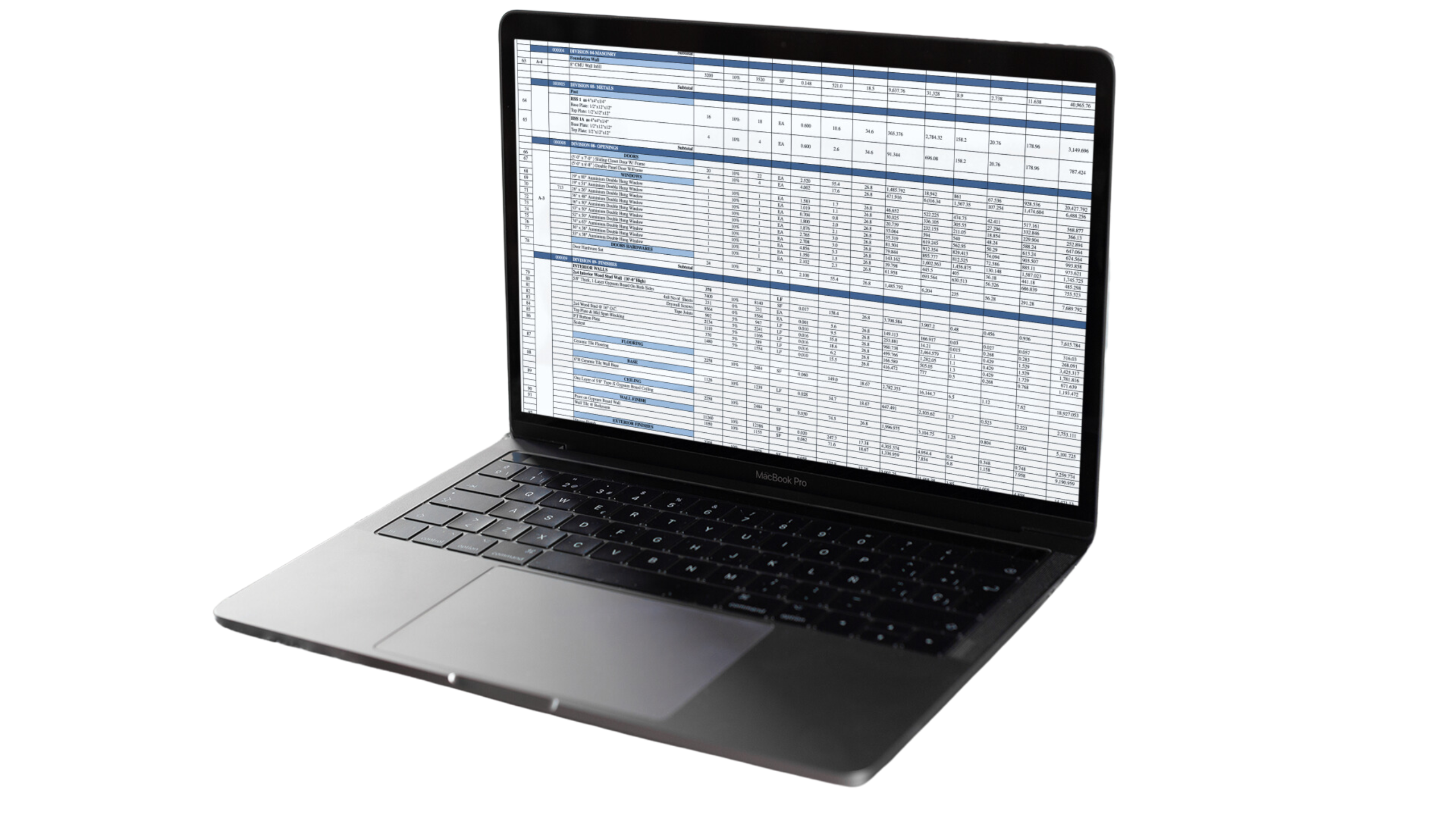
Conclusion
Building a skyscraper is a complex and ambitious project that requires careful planning, substantial investment, and collaboration among various stakeholders. By understanding the factors that influence costs and considering additional elements like financing and regulatory compliance, developers and investors can make informed decisions and achieve successful project outcomes. With the right approach, a skyscraper can become a valuable asset that generates substantial income and long-term growth. By prioritizing quality, efficiency, and tenant satisfaction, developers can create properties that stand out in the market and contribute positively to communities.
FAQs
The average cost to build a skyscraper typically ranges between $300 million and $1.5 billion, with costs usually falling between $400 to $1,200 per square foot. These costs can vary significantly based on factors like location, height, design complexity, materials, and technology used.
The location greatly impacts costs, with land acquisition in prime urban areas being more expensive due to high demand and limited space. Urban center land can cost between $15 million and $40 million per acre, whereas suburban areas might range from $3 million to $10 million per acre. Zoning regulations, building codes, and infrastructure accessibility also play roles in influencing overall expenses.
- The key components include:
- Land Acquisition and Site Preparation ($22.5 million – $62.5 million)
- Design and Engineering ($7.5 million – $24 million)
- Construction and Labor ($270 million – $675 million)
- Building Systems and Infrastructure ($22.5 million – $67.5 million)
- Interior and Exterior Finishes ($45 million – $120 million)
- Contingency and Miscellaneous Costs (5% – 10% of the total cost, plus $7.5 million – $22.5 million for miscellaneous expenses)
Here are estimated construction costs per square foot and total costs for a 20,000 sq ft building:
- Small (5,000 sq ft): $100 – $200 per sq ft ($500,000 – $1 million total)
- Medium (10,000 sq ft): $125 – $225 per sq ft ($1.25 million – $2.25 million total)
- Large (20,000 sq ft): $150 – $300 per sq ft ($3 million – $6 million total)
Taller and more architecturally complex buildings require more advanced structural systems, safety measures, and specialized engineering techniques, leading to higher costs. Low-rise buildings (up to 15 stories) typically cost $450 – $675 per square foot, mid-rise buildings (15 to 40 stories) cost $600 – $900 per square foot, and high-rise buildings (40+ stories) range from $900 – $1,500 per square foot.
Google Reviews

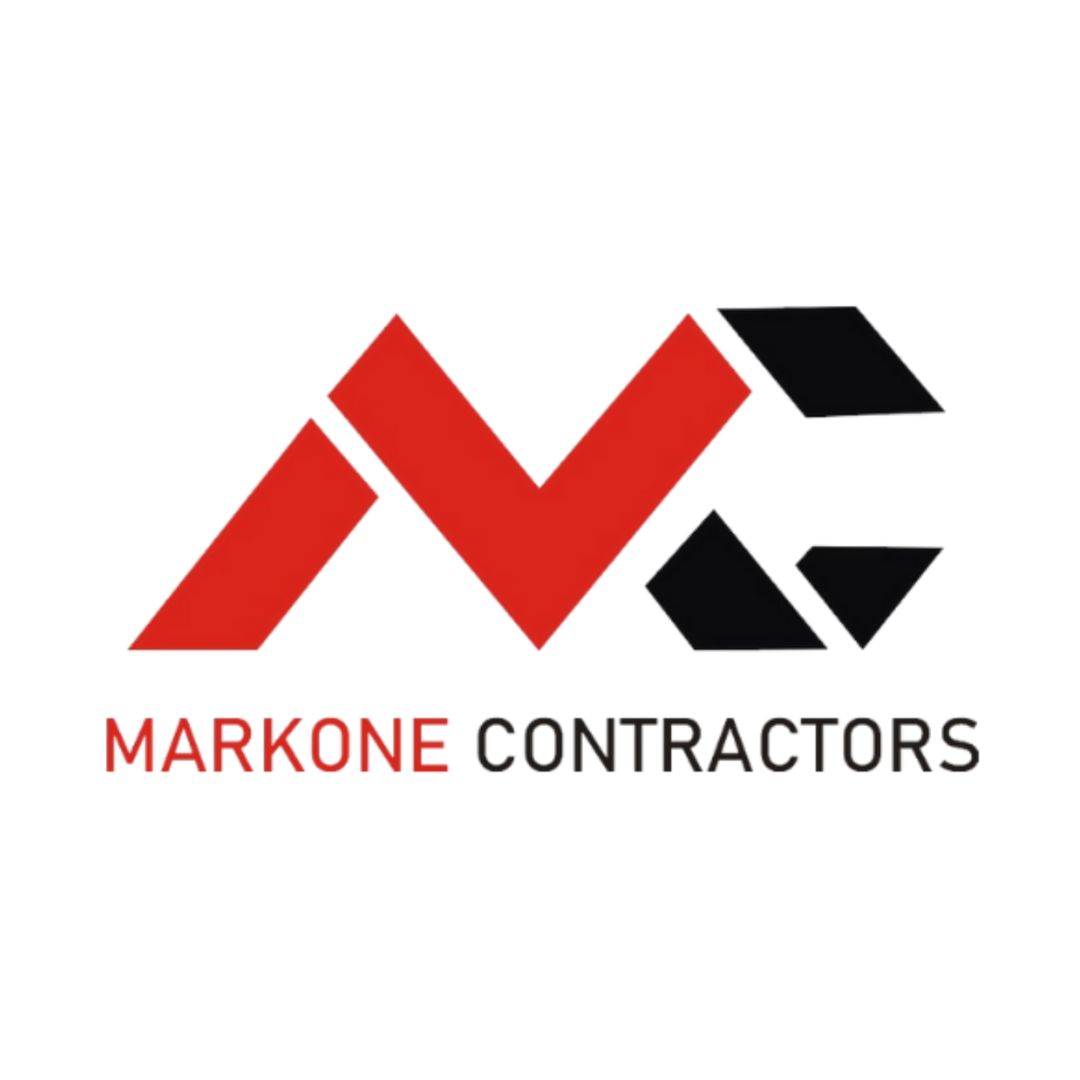

Process To Get Skyscraper Cost Estimate Report
Here I am going to share some steps to get skyscraper cost estimate report.
-
You need to send your plan to us.
You can send us your plan on info@estimatorflorida.com
-
You receive a quote for your project.
Before starting your project, we send you a quote for your service. That quote will have detailed information about your project. Here you will get information about the size, difficulty, complexity and bid date when determining pricing.
-
Get Estimate Report
Our team will takeoff and estimate your project. When we deliver you’ll receive a PDF and an Excel file of your estimate. We can also offer construction lead generation services for the jobs you’d like to pursue further.

